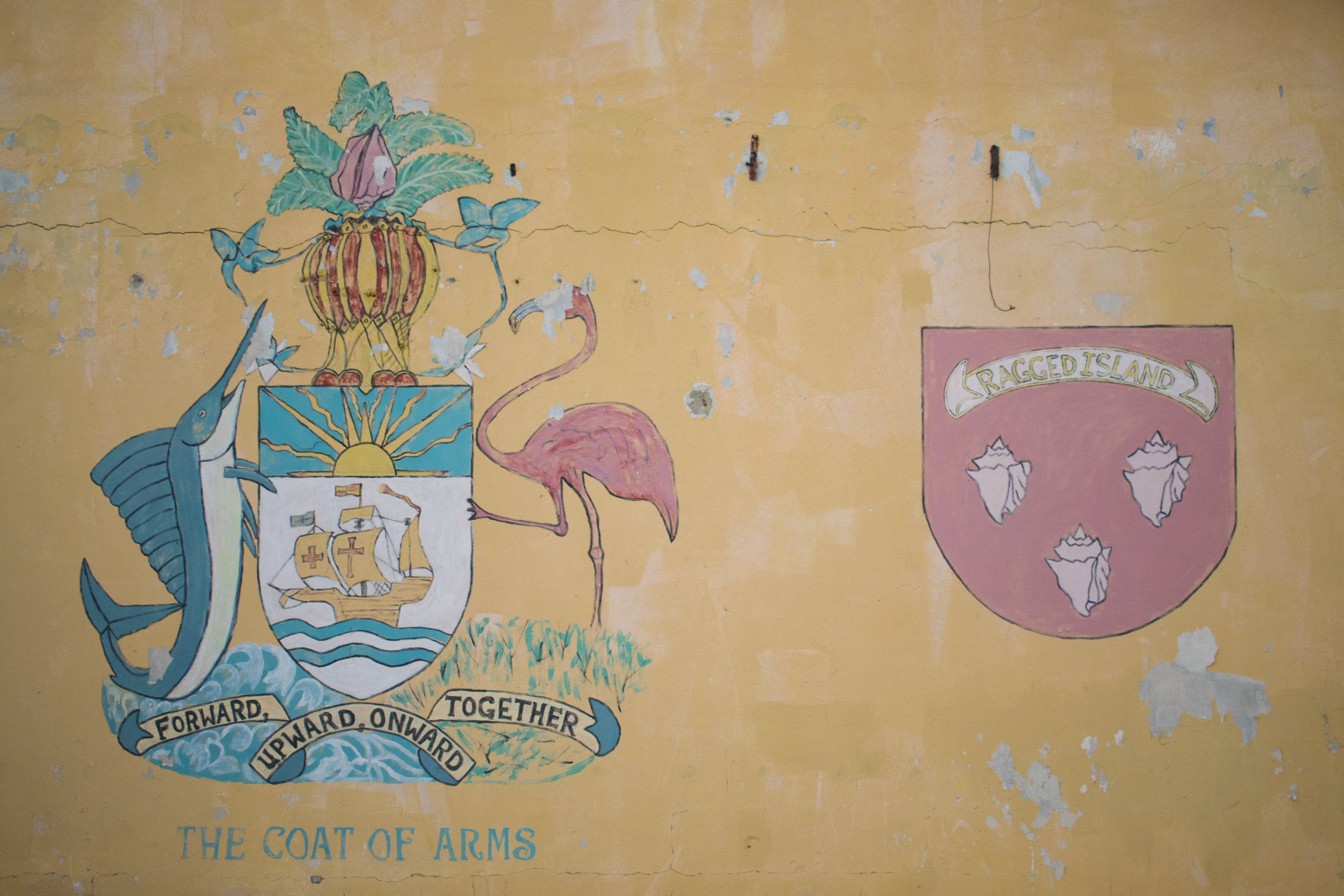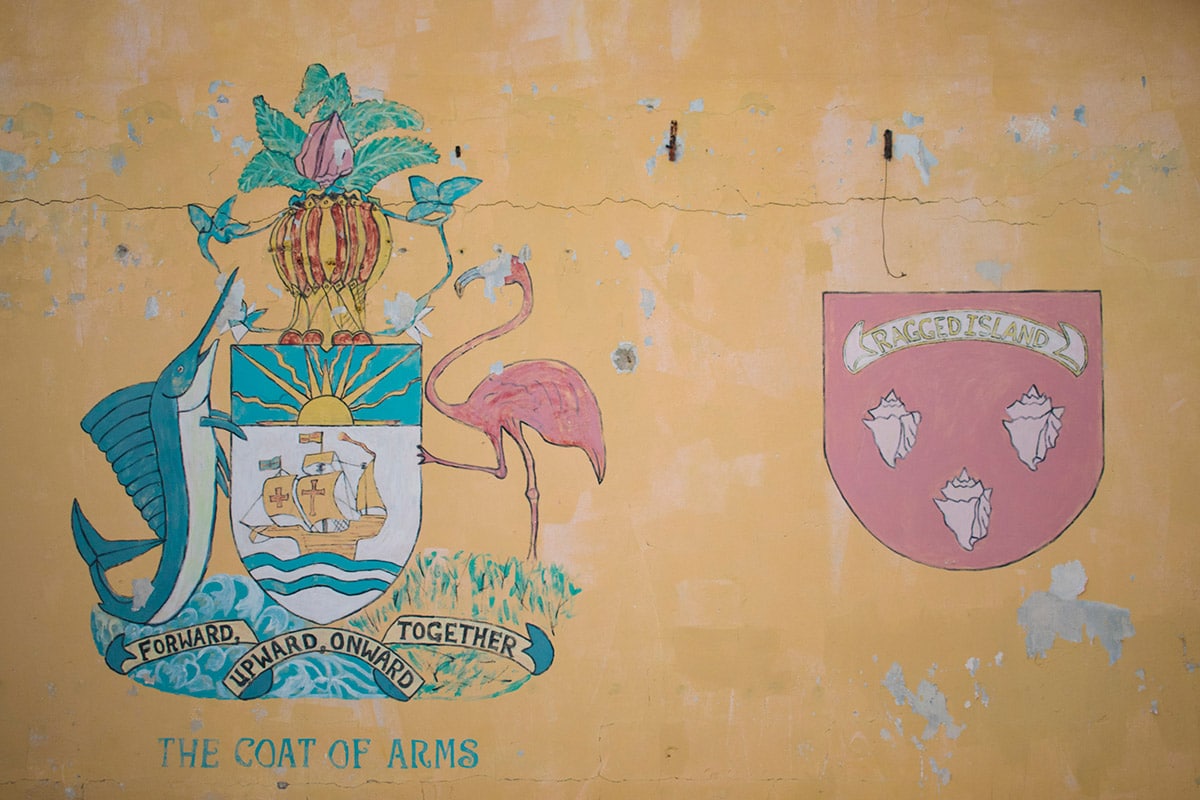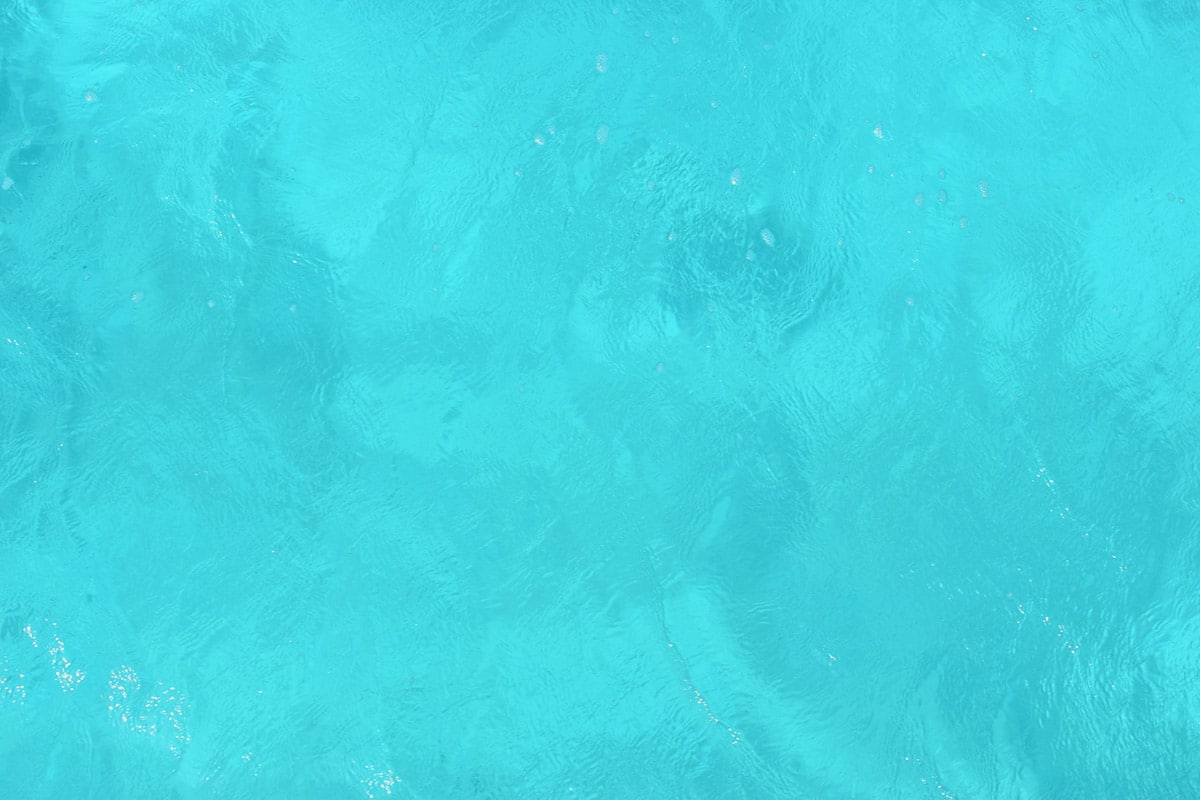
By Dr Ian Bethell-Bennett
The University of The Bahamas
Exuma blue recedes into Ragged Island sargasso and green. Sole inhabitant of Buena Vista Cay, Edward Lockhart, a reminder of Hemingway’s Old Man and The Sea (1952) has pulled up alongside and tied his boat to the MV Captain C and now stands with the others on the deck. Sun pounds down as the heat of living in the tropics feels much hotter than it has in forever. Art is always somewhat less strange than life, as stories come and go and fight to retain their place in a global village quickly being overtaken by overwriting of colour-blindness and leadership that throws women and minorities and their voices under the bus. Ironically, there is this romantic notion about “going back to the island”, it will all be better there, by and by. The irony is that hidden in this discourse of nostalgia for the island, is an erasure of the same island we long for.
There is also blotting out of past hardships that fly under this story and revision of it all being better in the past. The art of straw, rock buns, flour cake and outdoor brick ovens is island living, but missing is why these realities came to be. Surely island life and the art of living in the tropics are beautiful, they are poignant, and there’s nothing like waking up with the sun and going to bed as the sun drops low over the horizon and vanishes into the sea.

Coat of Arms on a destroyed and abandoned building on Ragged Island.
The island life, down-home island living is often mistaken or misspoke, though when we think that the art of living in the tropics is stress-free. The goat eating the clothes off the line is stress! The chickens being eaten by the dog is stress. The children not having enough food to eat is stress. Husband drink all the money out in rum, is stress. The hand come, hand go of everyday life produces stress. These stresses seem invisible to those who inhabit the ‘big island’ though it is small.
Ragged Island is one of those spaces where we see the stress-free idyllic life of tropical living. The art of living in the tropics means I hail everyone coming up and going back down. Much like the Harbour Island of my childhood, which was-for me-bliss as I could run like any barefoot child, though people frowned at barefoot children running around like they had no broughtupsy, it was still my paradise joy. Islands have this special place. Our group of eight–participants in the upcoming Double Dutch Project “Hot Water”– had undertaken many interviews before arriving in Ragged, and we did a few during the excursion. So, there was a social context in which to house our observations. Heat is real in the Southern Bahamas, but heat everywhere these days is real. Global warming seems to be on us like never before.
We arrive in Ragged Island, not at the main harbour that provides access up to the town, but at the already controversial slip cut into the land where defence force vessels go to protect the island at Gun Point, now without the cannon that was once there as the name suggests. The canon which now resides on the Eastern Road, as legend has it. Heat reverberates off the land as the boat moves into position. We disembark the cargo vessel, offloading its much-needed cargo. Chief among these supplies is essential fresh water. Freshwater is needed for everything from drinking to building. Buildings cannot be done without it. Gone are the days of the government of the people for the people providing all that the people need. Here are the days of French and American water companies coming in and changing the relationship between land and community, as was done with Hondeo and Acueducto in Puerto Rico and the famous privatisation water case in Bolivia during 1997-2001.
Our arrival in Gun Point and the trip into town was not what we had anticipated. Ragged Island honestly looks like a scene from the Twilight Zone and X-Files combined. It was shocking, scary and airily disembodied. The art of living does not register in this level of devastation. Homes stand roofless; some have a few windows or doors left, others have nothing but a wall here or there and a floor. A few don’t even have floors. To think that just a year ago, this was a thriving small-island community with the salt, conch with fish hanging and drying in the scorching Ragged Island sun.
Sci-Fi movies, however, do not hold a candle to the horror of nature. The roads paved by the European Union are all pretty much in excellent condition. Some have been erased by the force of the water or wind, but others remain entirely intact. It was traumatic to walk through these living streets and down paths into devastation and to see a world of men, abandoned by services and away from family. Without a school there is no hope to have a healthy life and for children and women to populate the space.

Exuma Blue, unlike any other blue. Images by Dr Ian Bethell-Bennett
It seems that the government has forgotten Ragged Island, an important island in Bahamian cultural life and history. Art, in particular, the art of community healing would be useful and purposeful in this space as people can build their lives back into what they wish them to be and to look like. The art and character of this small island community are seen in the homes, the school and the strength of personality of the people who speak with pride and stridently express their desire to remain. It seems that they also suffer to remain, much like many of us who suffer to remain in the wake of the almost debilitating trauma of slavery, erasure and forgetting where race is invisible though often only as a minor setback or a hurdle to success.
Their stories speak volumes of the grit and determination of the Ragged Islander and their community. This embodiment is the art of living in the tropics. There is no want for gentrification nor for an uncontrolled kind of development that would erase the small fishing and salt producing communities. As with all islanders in every part of the globe from Scotland to the Baltics and into the Pacific, these people want to remain in their home and to be able to thrive off their fishing, talents and hospitality, should they choose.
Ragged is a bountiful fishing hub and could accommodate yachts and people as it boasts a landing strip and a well-protected natural harbour, that used to provide close and easy access to salt ponds that lay on the other side of the island. The erosion caused by Maria is evident along the northern coast of the island, that also shows the damaged access to the salt pond. Stories, tales and resilience mix to provide a colourful and deep history and culture in this space. Experiences from Edward Lockhart’s and others who tell of a history rich in diversity and influences and exposure show how important these island outposts are to what we so often call Bahamian identity and so glibly say is built on all of us, yet we deny so many of us it is built on and flows from.
The journey back on the one engine M.V. Captain C will be hard as the haunting images from the day on shore will remain with us as we return to New Providence. We so often reminisce of island days, under the old tree, the outhouse, as Sylvia Larimore Crawford once argued of Cat Island was “the island that time forgot”, but we know time forgets nothing, and the most critical memory for any one of us is that we know we exist.
Why look for outside validation for what we already know to be true?